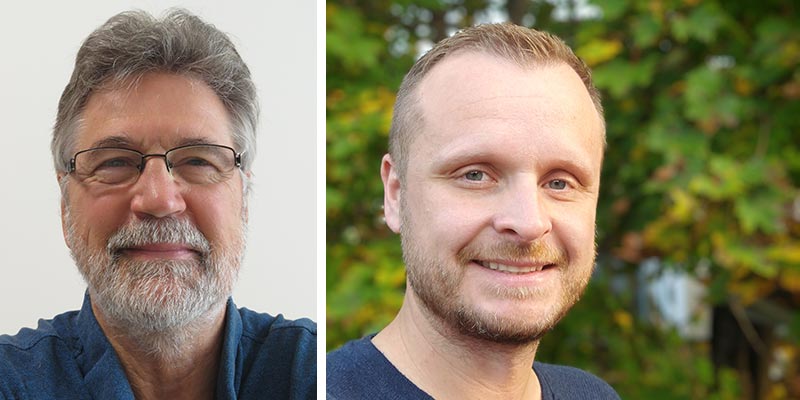UNB research heading into orbit on NASA earth observation mission
Author: UNB Newsroom
Posted on Oct 18, 2022
Category: UNB Saint John , UNB Fredericton

Researchers at the University of New Brunswick (UNB) are part of a new consortium that will see Canadian innovation advance our ability to tackle climate change and severe weather.
Today, the Government of Canada announced support for the High-altitude Aerosol, Water vapour, and Clouds (HAWC) instrumentation that will be deployed as part of NASA’s Atmosphere Observing System (AOS) mission. Canada’s contribution is estimated at more than $200 million.
“Climate change and severe weather represent major threats to our communities and a major challenge to overcome,” said Dr. David MaGee, vice-president (research) at UNB. “Challenges of this magnitude require innovative thinking, advanced scientific research and collaboration across disciplines, institutions and nations. I am proud to see UNB’s experts included in this mission.”
With the growing severity and frequency of extreme weather events like Hurricane Fiona, there is an increasing need for improved atmospheric modeling and forecasting to safeguard Canadians. However, these models are hampered by a lack of comprehensive knowledge of the interactions between water vapour, aerosols and clouds.
To address this, HAWC integrates three novel, specialized instruments: the Thin Ice Cloud and Far InfraRed Emissions (TICFIRE); the Spatial Heterodyne Observations of Water (SHOW); and the Aerosol Limb Imager (ALI). The three instruments work together to enable the comprehensive data collection required to understand these processes, which are a major driver of weather and climate patterns.
HAWC is led by a consortium of top researchers from 13 Canadian universities under the co-leadership of the University of Saskatchewan, the University of Toronto and Université du Québec à Montréal. The project is being undertaken in collaboration with the Canadian Space Agency, Environment and Climate Change Canada, the National Research Council of Canada and aerospace industry partners.
UNB’s contribution, led by Dr. William Ward and Dr. Jeffery Langille, will focus on the development of the SHOW instrument. Dr. Ward, a professor of physics at UNB, has been involved in satellite instrumentation development for more than three decades, starting with the Wind Imaging Interferometer launched by NASA in 1991. Dr. Jeffery Langille is an optical remote sensing specialist working on this instrument for nearly six years.
SHOW will be the first-ever instrument sent into orbit with the optical resolution required to observe the small-scale processes that influence the behaviour of water vapour in the upper atmosphere.
This project is also a milestone for UNB, marking the institution’s first lead role in an earth observation mission. Dr. Ward and Dr. Langille will lead SHOW’s instrument science group, with Dr. Ward as deputy principal investigator and Dr. Langille as lead instrument scientist.
Dr. Ward and Dr. Langille anticipate that the HAWC project will create numerous opportunities for participation and employment at UNB. They hope it will serve as a launchpad for future activities.
“HAWC involves next-generation science and engineering,” said Dr. Ward. “Students, as well as early career researchers and engineers, will have opportunities to learn and be a part of the project, enabling them to work at the next level and drive innovations, and we will have the opportunity to support and accelerate UNB’s participation in space missions.”
The HAWC mission is anticipated to launch by 2030. More information is available from the Government of Canada.
Media contact: Jeremy Elder-Jubelin
